1. Mosquitoes Kill More Humans Than Any Other Creature
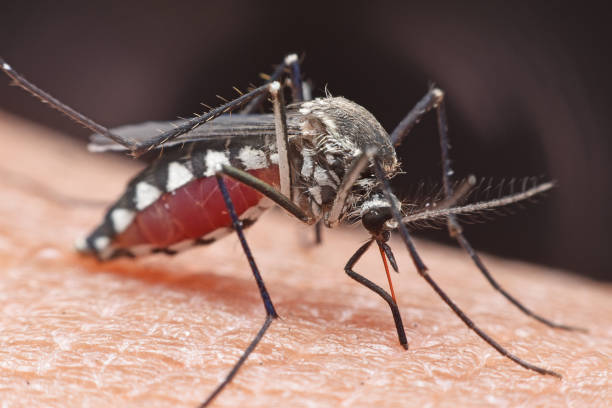
When most people imagine dangerous animals, they picture sharks, lions, or venomous snakes. But the creature that kills more humans every year than all of these combined is the mosquito. Responsible for over 725,000 deaths annually, this tiny insect has shaped human history in terrifying ways. It spreads diseases, devastates communities, and silently claims lives across continents. You can crush it with a single slap, yet it continues to rule as the deadliest animal on Earth. Its quiet buzz is more than an annoyance, it is the sound of a killer that thrives unseen but never unfelt.
2. Malaria Alone Claims Hundreds of Thousands of Lives
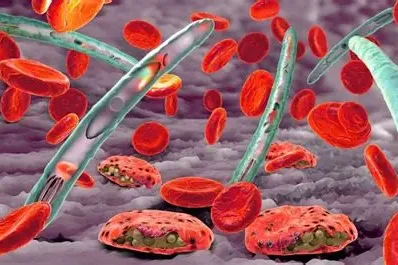
Among mosquito-borne diseases, malaria remains the most relentless. It kills more than 600,000 people every year, mostly children under five. Symptoms like fever and organ failure have plagued humanity for thousands of years, shaping entire civilizations. From ancient soldiers who avoided swampy battlefields to modern families sleeping under nets, malaria has dictated how humans live and survive. Despite modern medicine, this illness still grips parts of Africa and Asia, striking hardest in places least equipped to fight it. The mosquito continues to prove that even the smallest creature can wield unimaginable power over human life.
3. Dengue Fever Is Exploding Globally

Dengue fever has become one of the fastest-spreading mosquito-borne diseases in the world. Caused by the Aedes aegypti mosquito, it infects hundreds of millions each year, leaving victims with fevers and pain so intense it is called breakbone fever. Once limited to tropical areas, it now appears in regions like the southern United States and Europe due to warmer climates. There is no universal vaccine yet, making outbreaks especially devastating in crowded cities. Hospitals in places like Manila and Delhi overflow each season. The mosquito has turned into a global threat that no longer respects geography.
4. Zika Sent a Global Scare Through Pregnant Mothers

The 2015 Zika outbreak shocked the world. Carried by the same Aedes mosquito that spreads dengue, Zika’s danger was not in killing victims but in harming unborn babies. Pregnant women faced the risk of giving birth to children with microcephaly, a brain condition causing severe disabilities. Photos of newborns in Brazil moved the world to fear and action. Travel warnings were issued, and pregnancies delayed. Zika reached more than 80 countries, proving how unpredictable mosquito viruses can be. It reminded humanity that a single bite can shape generations before life even begins.
5. Yellow Fever Nearly Wiped-Out Entire Cities

Before modern medicine, yellow fever turned thriving cities into places of despair. Spread by mosquitoes, it caused fever, jaundice, and internal bleeding that left bodies weak and streets empty. Outbreaks in New Orleans and Memphis during the 1800s killed thousands, forcing survivors to flee. Entire trade routes collapsed, and communities vanished. Thanks to vaccines, yellow fever is now contained, though outbreaks still occur in parts of Africa and South America. The mosquito’s part in this tragedy shows how something so small once brought entire cities to silence and reshaped lives forever.
6. West Nile Virus Took Root in the United States
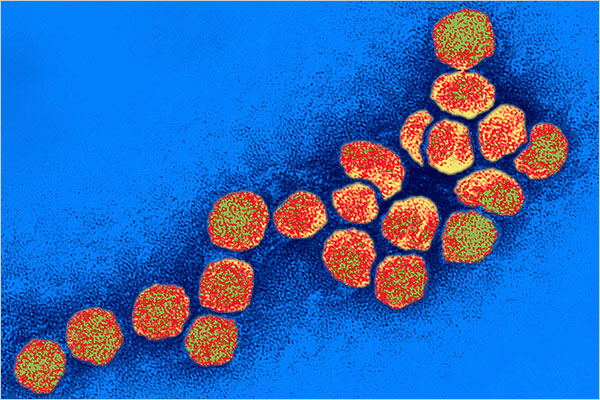
For years, Americans believed mosquito diseases were distant problems. That changed in 1999 when West Nile virus appeared in New York. Within a few years, it spread across almost every state. Thousands fell ill, with some suffering paralysis and lasting memory loss. Entire neighborhoods were sprayed with insecticide as fear spread quickly. The outbreak proved mosquitoes do not respect borders. Urban neighborhoods, suburbs, and farmland all faced the same invisible threat. Even today, West Nile remains a quiet reminder that no nation is immune from the reach of this tiny yet powerful killer.
7. Climate Change Is Expanding Mosquito Territory
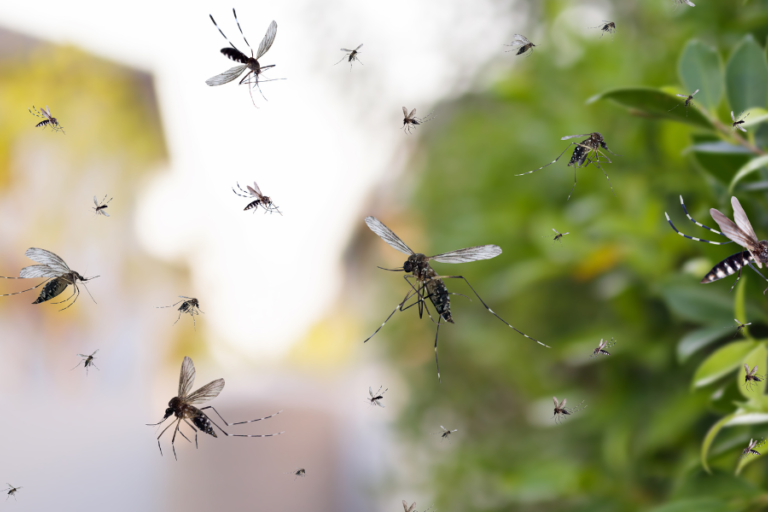
As global temperatures rise, mosquitoes are thriving in new places. Warmer weather, heavy rainfall, and urban flooding provide ideal breeding grounds where none existed before. Scientists warn that by 2050, half of the world’s population could be exposed to mosquito-borne diseases. Regions once too cold for these insects are now vulnerable, including parts of Europe and North America. These changes show how easily mosquitoes adapt while humans struggle to keep up. The warming planet has given them freedom to roam, turning climate change into their greatest ally and our most unpredictable enemy.
8. Mosquitoes Prefer Human Blood to Animal Blood
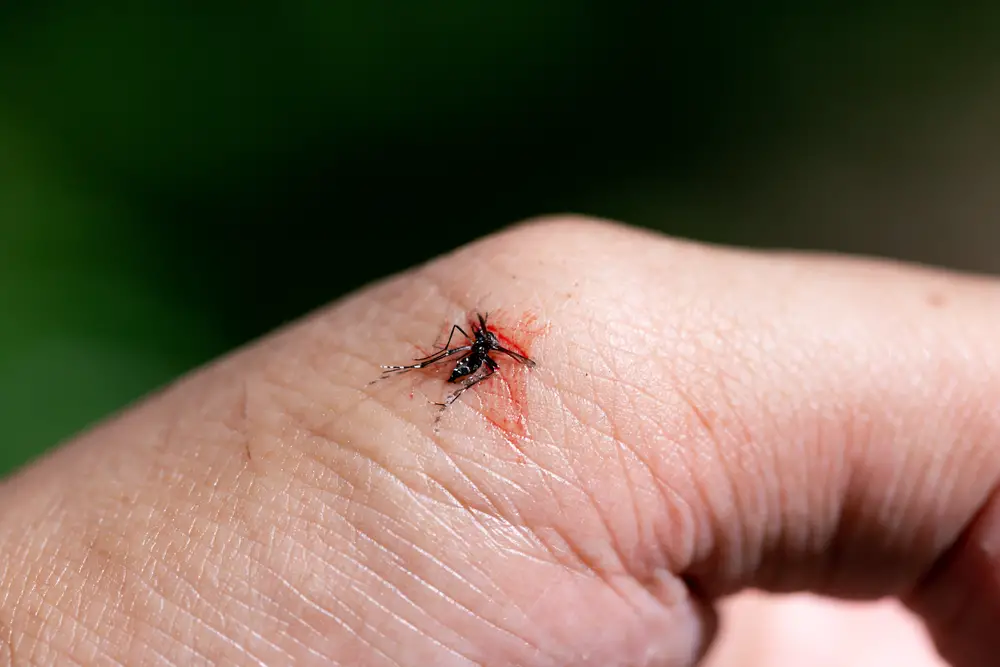
Of the many mosquito species in existence, one has developed an unsettling preference for humans. The Aedes aegypti mosquito is drawn to the carbon dioxide in our breath, the warmth of our bodies, and even the scent of our skin. Scientists believe this evolution helps explain how diseases like dengue and Zika spread so quickly. Unlike other species that feed on animals, these mosquitoes focus almost entirely on people. Each time you swat at one, remember, it is not coincidence. You are being hunted by an insect that has learned to seek humans above all else.
9. They Can Detect You From 100 Feet Away
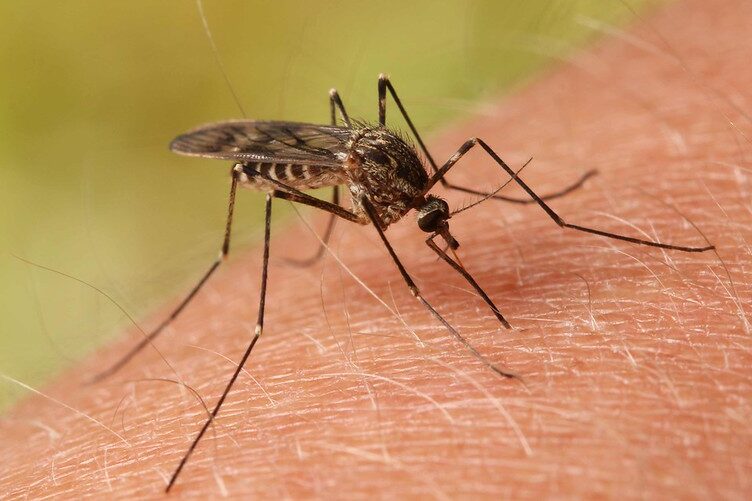
It may seem unbelievable, but mosquitoes can detect a human from up to 100 feet away. Using their sensitive antennae, they sense carbon dioxide from our breath and the warmth radiating from our skin. Even slight movements or body odors can draw them closer. Their sharp vision helps them track shapes in low light, making nighttime their ideal hunting hour. Once a mosquito locks onto you, it rarely misses. Its precision rivals that of advanced technology, proving that survival has shaped this insect into one of the most efficient hunters in the natural world.
10. Only Female Mosquitoes Bite
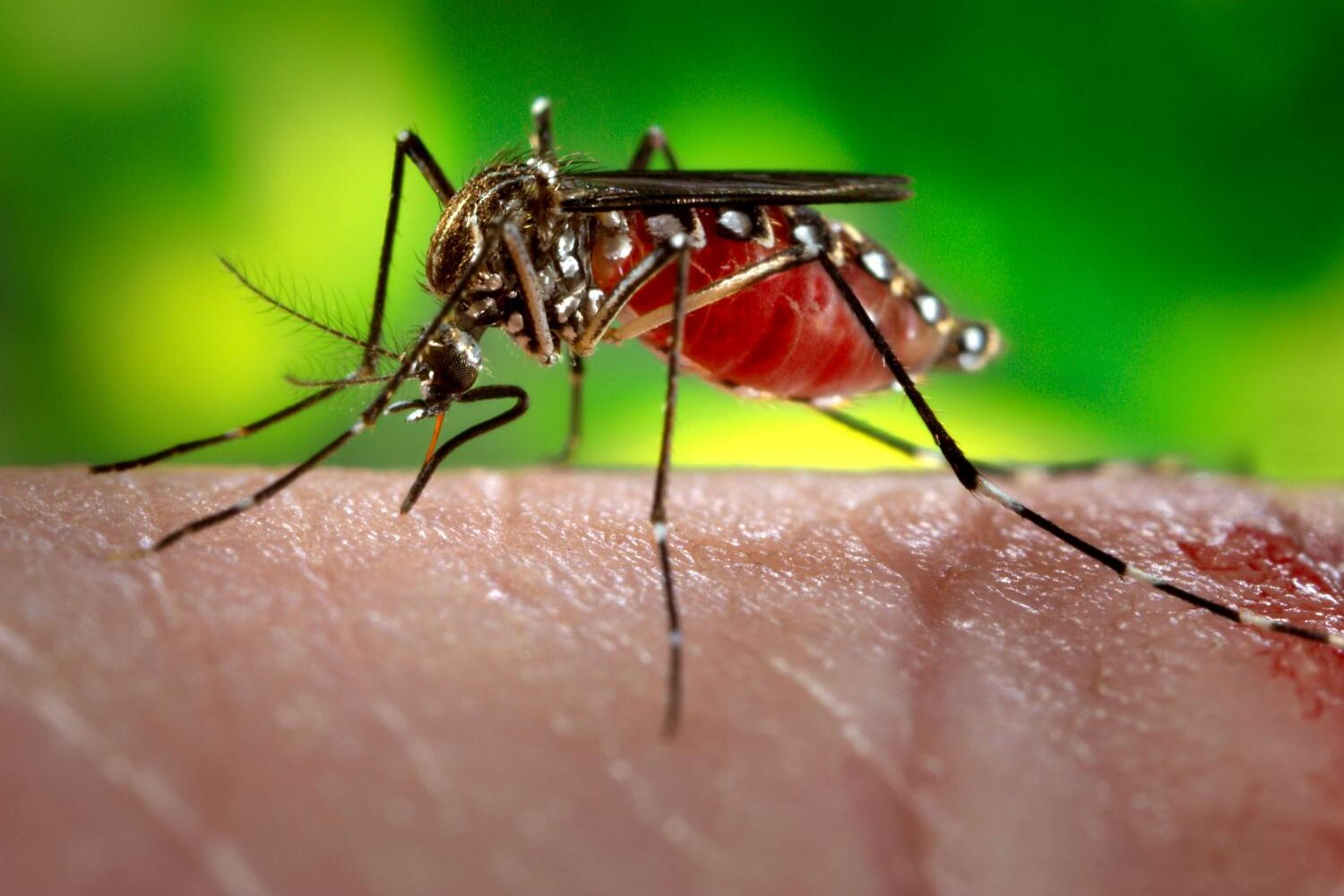
Not every mosquito is out for blood. Male mosquitoes live peacefully on nectar and plant juices, posing no threat to humans. It is only the females that bite because they need the protein in blood to develop eggs. Every itchy bump left behind is a mark of motherhood in motion. This detail makes population control difficult since only half the mosquito population feeds on humans. The males pollinate flowers while females ensure the next generation survives. It is a strange balance, where nature’s smallest mothers remain humanity’s most persistent danger.
11. Mosquitoes Have Shaped Human History

The mosquito has done more than cause discomfort, it has changed the course of civilization. Entire armies have fallen because of mosquito-borne diseases like malaria and yellow fever. During the building of the Panama Canal, thousands of workers died before mosquito control programs began. Some empires avoided certain regions completely to escape infection. The insect influenced trade routes, city planning, and even patterns of migration. While most people remember wars and rulers, few realize how much power this tiny creature held. The mosquito has been rewriting human destiny since the beginning of time.
12. They Carry Dozens of Different Diseases
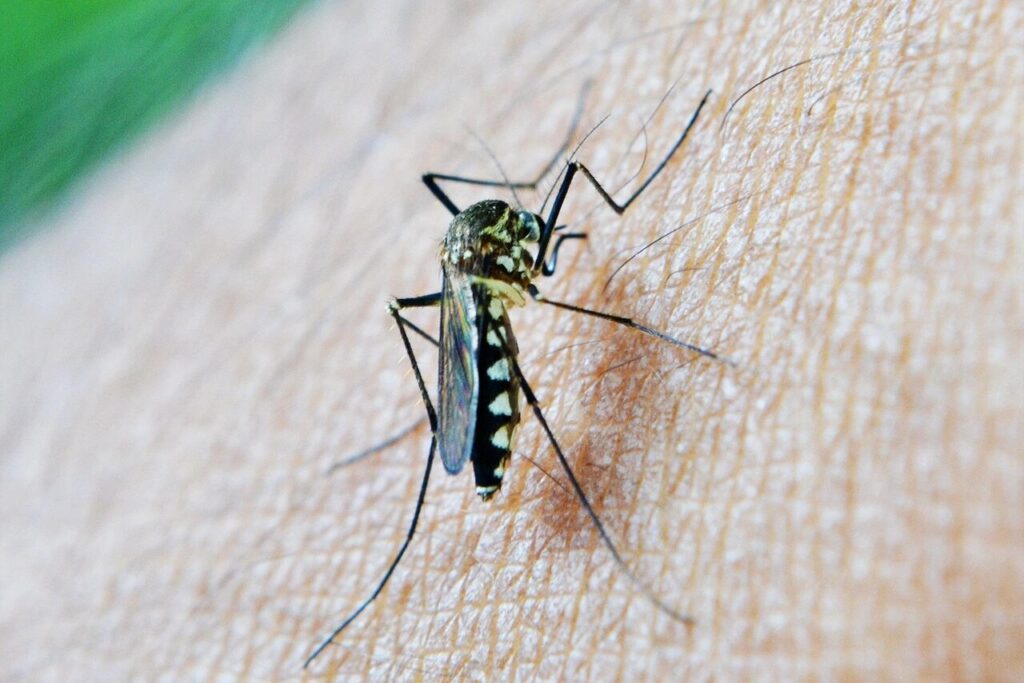
The mosquito is a master carrier of disease. Beyond malaria and dengue, it transmits viruses like chikungunya, Japanese encephalitis, and Rift Valley fever. Each illness attacks differently, from crippling joints to damaging the brain. In some regions, a single bite can carry multiple infections, turning every encounter into a gamble. Unlike predators that rely on strength, mosquitoes use stealth and biology to spread suffering. Their ability to adapt to new environments makes them a permanent threat. It is not their size that makes them deadly, but their unmatched versatility in carrying sickness.
13. Their Bites Cause More Than Just Itchiness
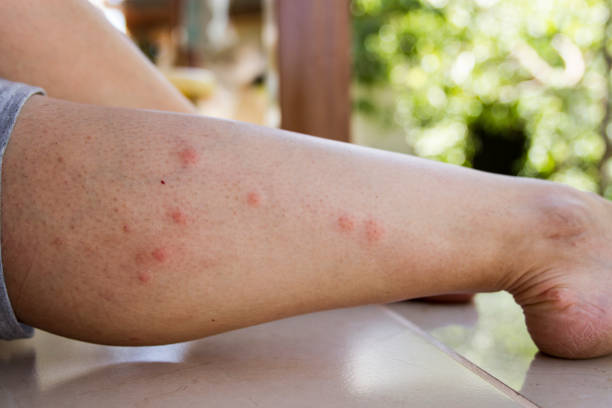
Everyone knows the irritation that follows a mosquito bite, but there is more happening beneath the skin. When a female bites, she injects saliva that stops blood from clotting. The body reacts by releasing histamines, creating redness, swelling, and the familiar itch. For most people it fades, but for others it causes allergic reactions or infections. Children often scratch too much, turning small bites into painful sores. What feels like a harmless nuisance is actually a clever survival tactic. The mosquito feeds easily while the human host is left to deal with the aftermath.
14. Humanity Has Fought Back with Mixed Results

For centuries, humans have tried to win the war against mosquitoes. We have drained swamps, used nets, burned oils, and sprayed chemicals across cities. Some efforts succeed temporarily, but mosquitoes evolve quickly and develop resistance. Scientists have released genetically modified species to reduce breeding, with varying results. Despite massive global campaigns, complete eradication remains impossible. Malaria deaths have declined, but the mosquito still thrives in the shadows. Our victories are small and fragile, constantly challenged by an insect that refuses to disappear. The battle continues, year after year, without a clear end in sight.
15. The Deadliest Animal Is Also the Smallest Reminder
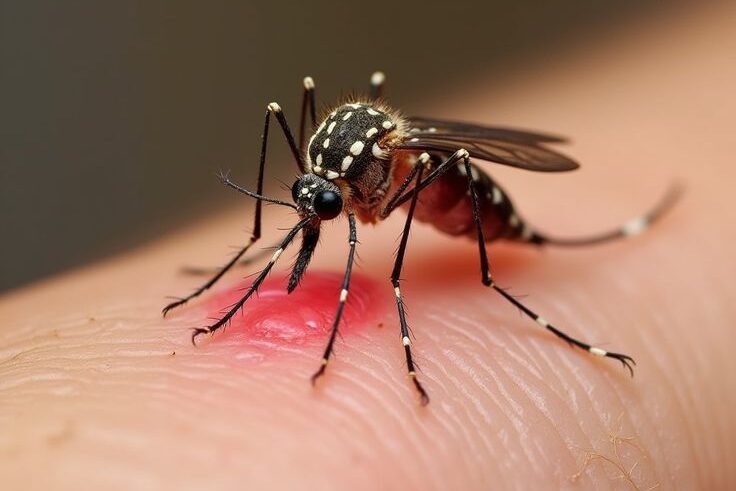
It is strange to think that the deadliest animal on Earth is also one of its smallest. The mosquito weighs less than a raindrop yet kills more humans than lions or sharks ever could. Its whine in the night may seem harmless, but it represents centuries of loss, adaptation, and survival. The mosquito reminds us that danger often arrives quietly, wrapped in something ordinary. Every buzz is a whisper of warning, a reminder of how fragile life truly is. In its tiny form lies nature’s greatest irony: power often hides in the smallest places.
This story 15 Shocking Facts About the World’s Deadliest Creature: The Mosquito was first published on Daily FETCH


